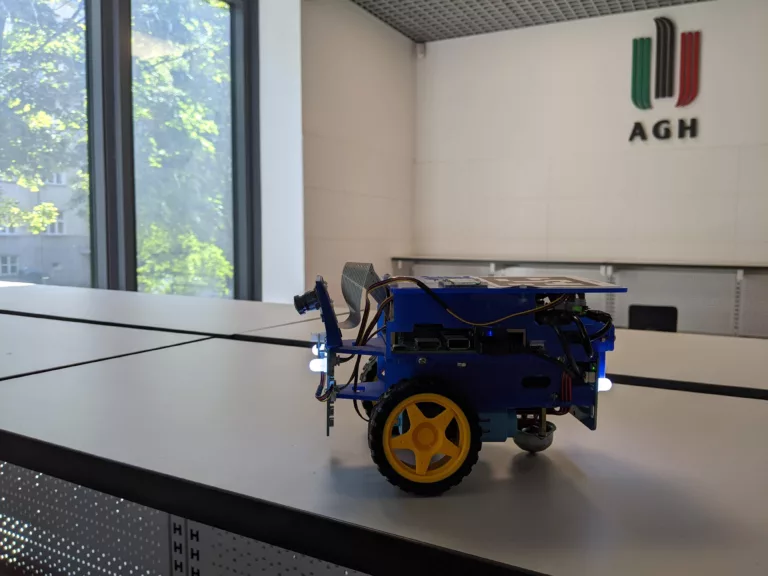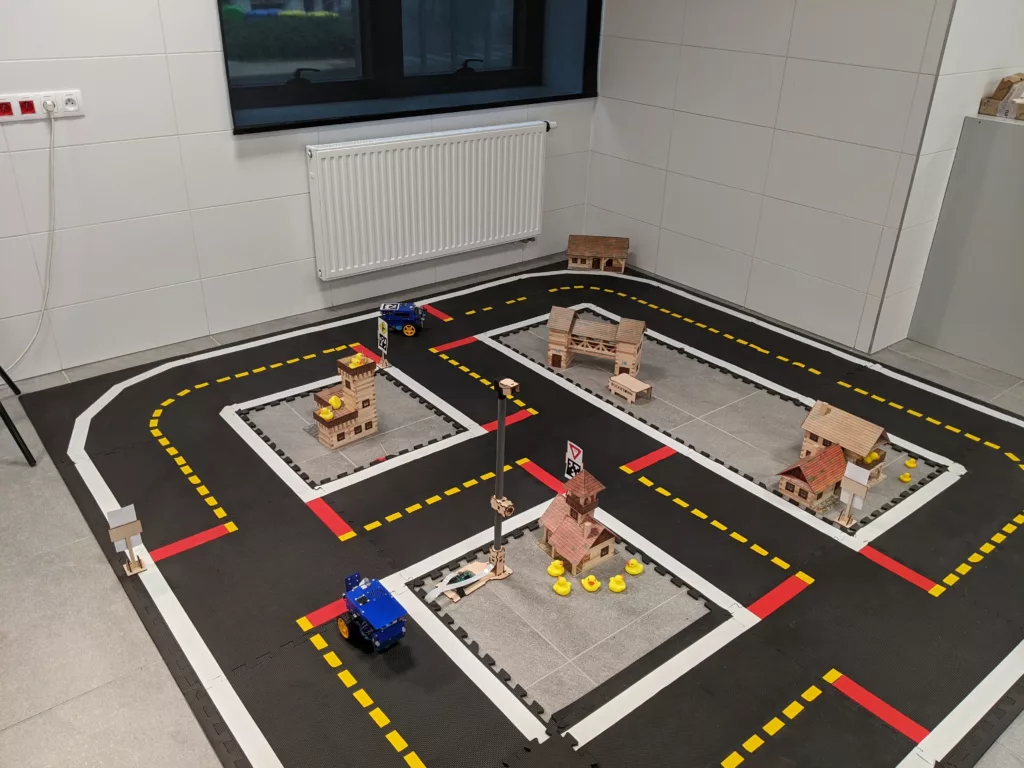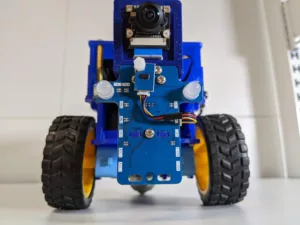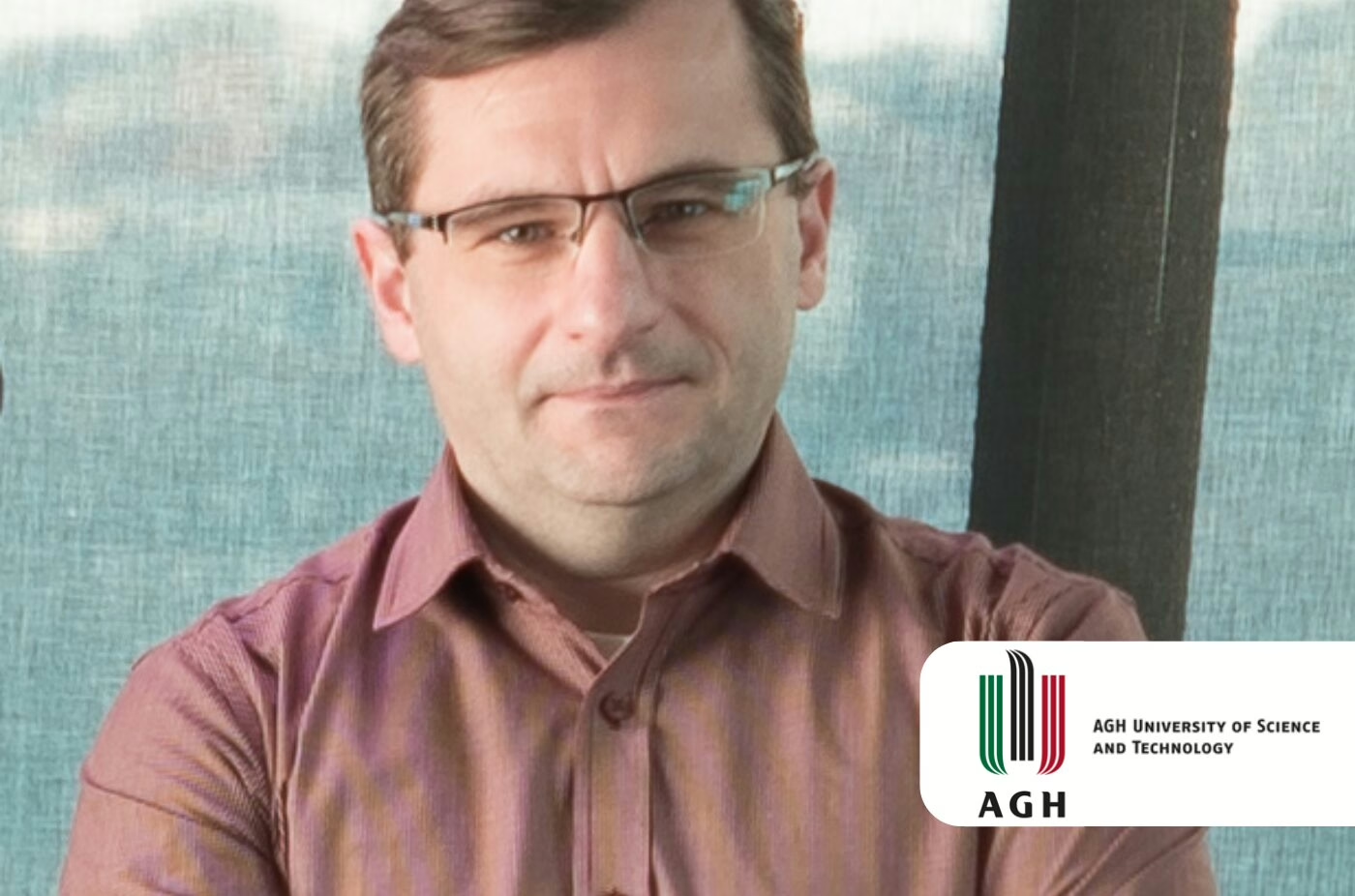Teaching robot autonomy at AGH Krakow with Prof. Długosz
Krakow, Poland, April 29th 2024
Professor Marek Długosz from the Akademia Górniczo-Hutnicza (AGH) – University of Science and Technology in Krakow, shares his experience teaching robot autonomy with Duckietown.
Increasing efficiency and saving time at the robot autonomy lab in AGH Krakow
We interviewed Prof. Marek Długosz form the AGH University of Science and Technology in Krakow, to learn more about his teaching activities and laboratory.
Good morning and thank you for taking the time to be with us! Could you introduce yourself?
My name is Marek Długosz and I am an assistant professor at the AGH University of Science and Technology in Krakow. My work is focused on robotic automatic functions theory, while last year I focused more on robot autonomy and autonomous vehicles.

Thank you. When have you encountered Duckietown for the first time?
I first learned about the Duckietown project while searching the internet for information, then I started to read more about it, and it looked very interesting for a few reasons. First of all, there’s not only a theoretical part, but there’s also the hardware part of this project which are the Duckiebots.
Then, there’s also a lot of lessons, examples and exercises for students to learn more about robotics. That’s one reason why I found it interesting. A second reason this project looked interesting is that it’s not only about one robot, but a fleet of robots, and also there is the speed regulation aspect. One of the main focus of my research is how to manage the speed of autonomous robots or autonomous cars, and I think that Duckietown can be perfect to check my ideas and algorithms rapidly and with ease. It is much easier to run five robots in my laboratory than to run four or five cars in reality!

How do you use Duckietown in your activities?
My colleagues and I use Duckiebots during classes and lessons to better explain topics related to theoretical aspects of programming in robotics. What I find very attractive is the possibility for my students to practice. They can actually program a Duckiebot and implement algorithms, such as lane following, adaptive cruise control etc. This is really something that my students and colleagues like very much. Duckietown also has fantastic software, it’s very well organized, thanks to Docker, so there is no risk that some student makes a mistake and breaks one of my robots! Students prepare the Docker container, and once the exercise is complete, they delete this container.
We also use Duckietown in our research as I said earlier, to verify and check our algorithms, and how to manage fleets of robots. One of the special aspects of Duckietown are its smart cities, with its crossroads, signs, traffic lights, etc. For us, this aspect is very interesting.
One of the latest projects done by my students was a system to localize Duckiebots on a plane using four or more video cameras, and we are about to publish the results of this project.

Very interesting thank you. What is the age of the students you are teaching right now, and would you say the students are satisfied with Duckietown?
The age bracket is students between 20 and 23 years old. I’ll just say that very often, at the end of the lessons, students decide to stay and do more exercises, they find it incredibly interesting that Duckietown is not only a simulation, as we know in a simulation you can do anything, but when you start doing things practically, taking the hardware in your hands, and programming these robots, it’s a very, very different thing.
Very often I have to stay after lessons and try to do more together with my students, to the point I must tell them to come back the day after because it’s getting late.
Also, in addition to regular lessons, in our university there is a Student Scientist Association, the members of which can go to special classes after the end of regular ones, to perform additional experiments and exercises.
Duckietown is not only a simulation, in a simulation you can do anything, but when you start doing things practically, taking the hardware in your hands, and programming these robots, it’s a very, very different thing.
Marek Długosz

Did you encounter any challenges, problems or difficulties while using Duckietown?
At the beginning, we had some problems with the assembly of the Duckiebot. I even wrote a simple article about this, but we made some improvements, which I described in this article, and now the Duckiebots work perfectly.

Do you have anything else to add about your projects and experiences?
I hope that I can motivate enough students to participate in the AI-DO competition. I’d like it if some of my students participated in that kind of challenge. I would also like to let my students understand how well organized Duckietown software is, I think there’s an absolutely perfect architecture that helps minimize the risk of errors and mistakes and there’s perfect functionality between containers. We have a lot of students and these robots need to work for everyone, so minimizing the possibility of problems is excellent.
I think that Duckietown can be perfect to check my ideas and algorithms rapidly and with ease. It is much easier to run five robots in my laboratory than to run four or five cars in reality!
Marek Długosz
Would you recommend Duckietown to colleagues and students?
Yes of course, anytime I have the occasion I recommend this project. Ours is the Artificial Intelligence and Autonomous Vehicles laboratory, and it has rapidly become one of the most attractive ones in the University. Very often students show up just to see what we are doing, and every time I show Duckietown’s smart cities, and how robots drive around and stop at traffic lights, crossroads etc. It’s always a lot of fun.

Learn more about Duckietown
Duckietown enables state-of-the-art robotics and AI learning experiences.
It is designed to help teach, learn, and do research: from exploring the fundamentals of computer science and automation to pushing the boundaries of human knowledge.
Tell us your story
Are you an instructor, learner, researcher or professional with a Duckietown story to tell?
Reach out to us!

